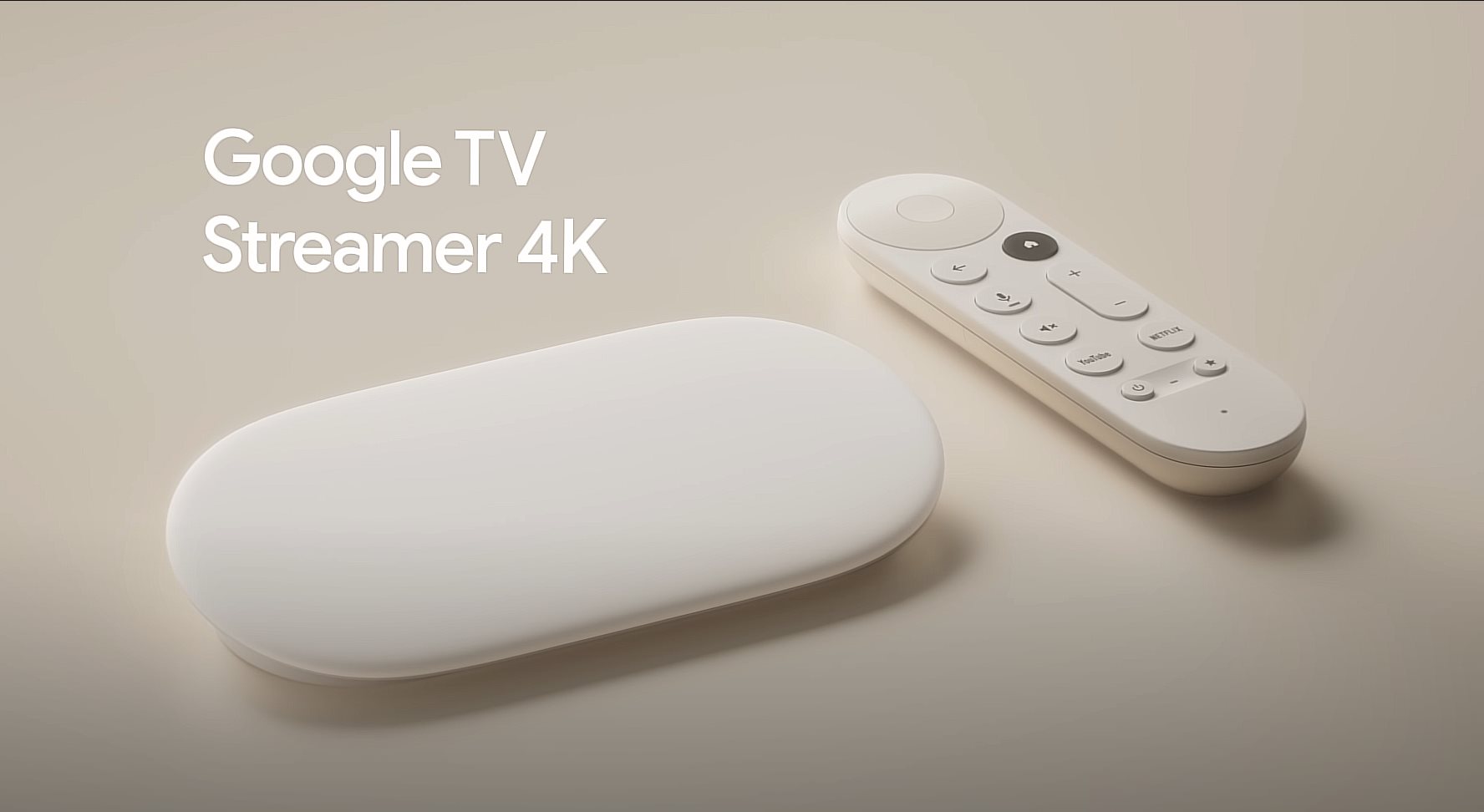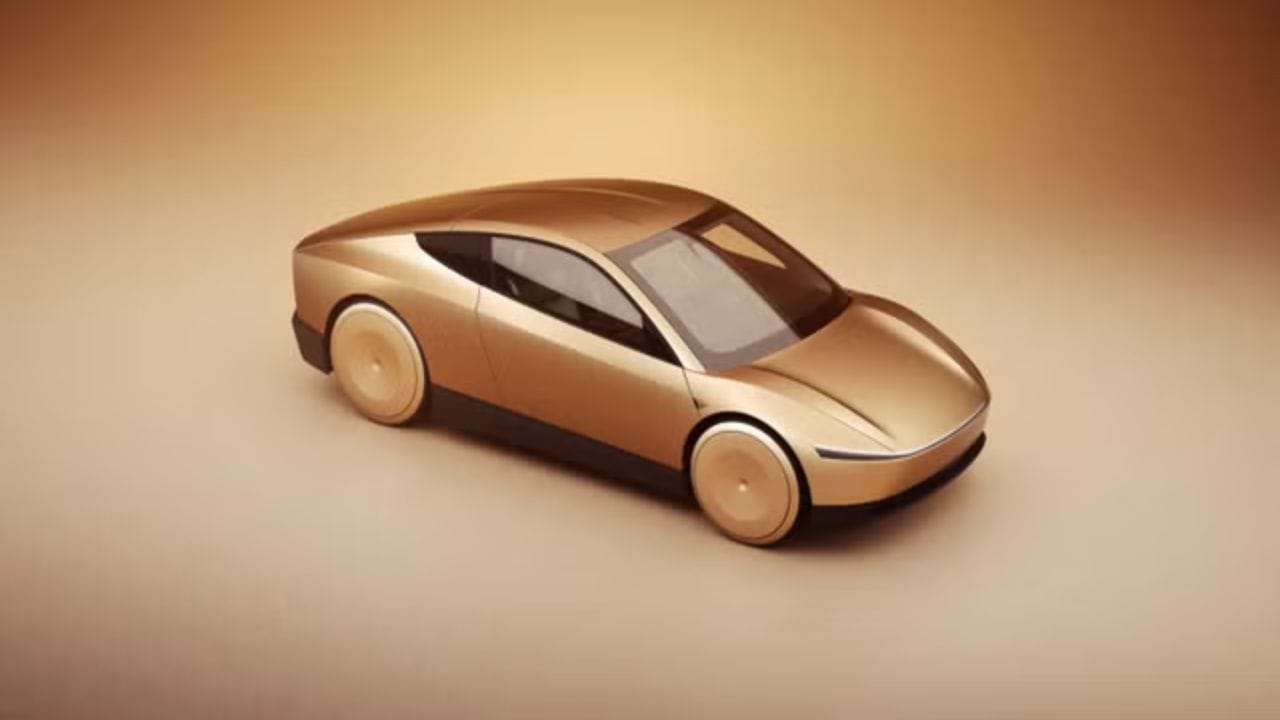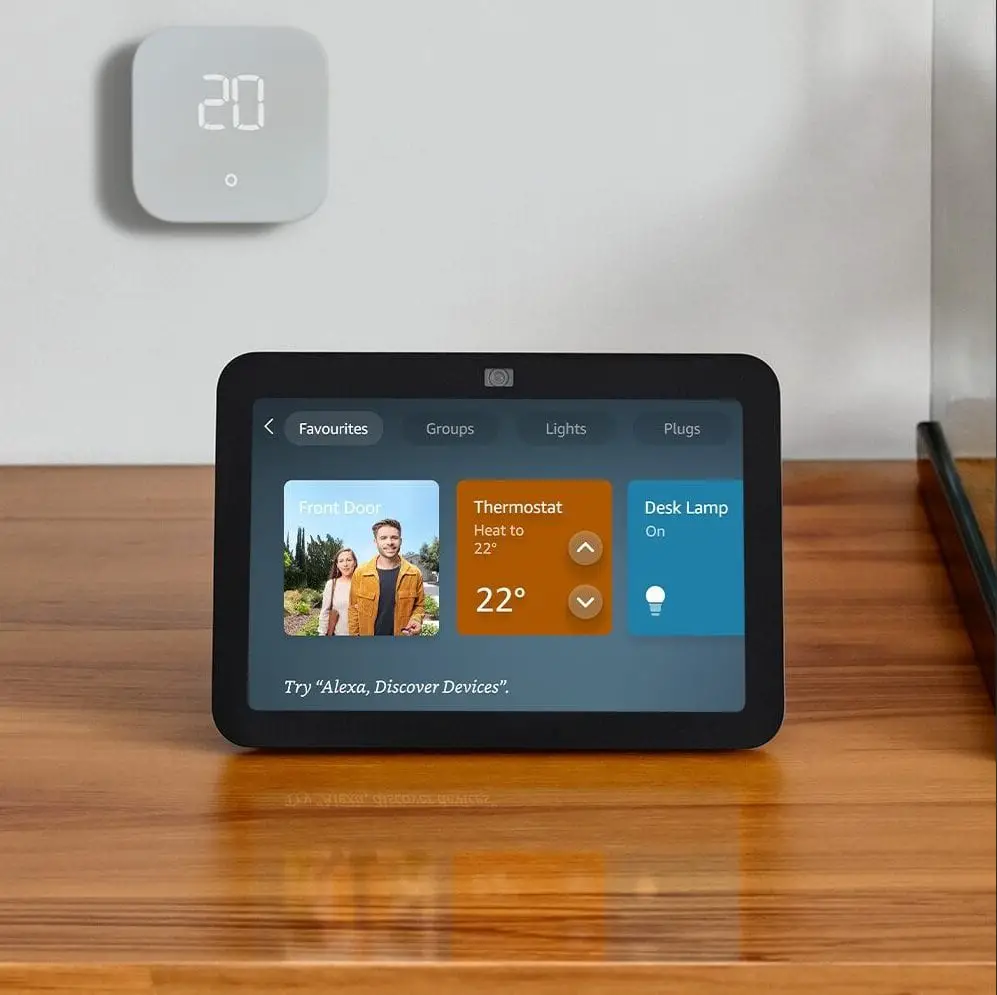
SpaceX’s Starlink Internet has just changed the entire camping and caravanning experience. Compact. Lightweight. Low power consumption. The new Starlink Mini kit has made it easier to travel anywhere in Australia with reliable and fast Satellite internet.
SpaceX launched the Starlink Mini a few months ago (June 2024), hoping to bring high-speed internet to more remote areas. The Starlink team is marketing the Mini Internet Dish as a kit for connectivity on the go. But with its flexibility and competitive rates (starting at A$80), some people will use it for their homes.
Will the eighty-buck connectivity be as good as the standard Starlink internet, though? How fast are the browsing speeds of the Starlink Mini in Australia? Can the Mini dish still survive and operate in the severe outdoors? Let’s break down all these details and determine if this Satellite internet service is good for you or not.
Summary Features & Specs of Starlink Mini Internet in Australia
| Starlink Mini Internet | |
| Release Date | June 2024 |
| Equipment | Starlink Mini Dish |
| Equipment Cost | A$799 ($599 in US) |
| Installation | Plug-and-Play (Do it yourself) |
| Router | Built-in |
| Power Consumption | 25 – 40 Watts |
| Power Input Rating | 12-48v 60W |
| USB Power Delivery | YES (100W, 20V/5A Minimum) |
| Wi-Fi Protocol | WiFi 5 (802.11ac) |
| Bandwidth Technology | Dual Band 3 x 3 MU-MIMO |
| Wi-Fi Security Protocol | WPA2 |
| Wireless Download Speeds | Up to 130+Mbps |
| Wireless Upload speeds | Up to 20+Mbps |
| Mesh Compatible | Starlink Mesh Systems (No 3rd party support) |
| Maximum Devices Connected | Up to 128 Devices |
| In Motion Connectivity | YES (100 mph/ 160 kph) |
| Wired (Ethernet) Support | YES (Built-in RJ45 port) |
| Weatherproof Rating | IP67 Type 4 |
| Operating Temperatures | -22°F to 122°F (-30°C to 50°C) |
| Operating Wind Speed | 96 kph+ (60 mph+) |
| Melting Snow | YES (Up to 1 inch/hour) |
| Included in the Box | Starlink Mini Dish, 50ft power cable, power supply adapter, pipe mount adapter |
Price of Starlink Mini Internet in Australia
In the few months since its launch, Starlink Mini has drawn significant attention across the globe. In the US, the new satellite internet package costs $599 for the hardware and $165/ month for Roam unlimited internet. For light internet users, the base Starlink Roam-50GB internet is $50, with a 50GB data cap (you can buy additional data per GB).
Meanwhile, the Starlink Mini price in Australia starts at A$799 to order the hardware kit. Then, the monthly Starlink Mini internet plan costs A$195 for Roam-Unlimited and A$80 for Roam-50GB.
Starlink Mini can still work with the regular residential internet plans at A$139 per month. But the residential package lacks perks like In-motion Use, International Travel, and Coastal Coverage on Starlink Roam plans.
The price of Starlink Mini on the company website also doesn’t include additional charges, like shipping fees and tax. So, when ordering your new Starlink internet service, you’ll notice that the standard dish is cheaper – $A549.
Is the extra A$250 on the Starlink Mini kit justified? Let’s see.
Build & Design of Starlink Mini
As mentioned earlier, SpaceX engineered Starlink Mini to offer “high-speed internet on the go”. The satellite internet dish features a compact design, with only 11.7 by 10.2 by 1.5 inches in dimensions and 2.4 lbs weight (2.6 lbs with kickstand/ 3.3 lbs with kickstand and cable).
Hence, the mini dish is smaller, lighter, and more portable than the previous standard Starlink dishes. You could even slip it into your camping backpack or travel case and carry with ease.
Regardless of the smaller design, Starlink Mini has a rugged build like its predecessors. It can withstand extreme weather, including low temperatures of -22°F to a high of 122°F, plus rain, sleet, and snow.
The new Starlink internet dish can also melt snow on its surface at 1 inch per hour (or 25mm/ hour). So, you will still enjoy a stable connection during the winter.
Further, Starlink Mini has a plug to cover the ethernet (RJ45) port when not in use. If you remove this plug, the IP67 protection is compromised and the satellite dish is no longer secure from harsh environmental elements.
In fact, the Starlink Mini user manual says IP67 environmental rating only applies with “DC Power Cable and Starlink Plug/Cable installed”.
Installation & Setting up Starlink Mini Internet
The regular Starlink internet is a breeze to get running, and the Mini version is no different.
In fact, Starlink Mini is plug-and-play and faster to set up, as the router comes built into the compact dish. Elon Musk, SpaceX’s CEO,shared a post on X/ Twitter saying he “set it up right…and took less than 5 mins”.
After unboxing, you only need to plug the power cable and insert the adapter into an electrical source. The Starlink Mini only requires 60W during startup and 25 to 40W during performance. So, it can efficiently run on grid power, a battery station, or even a high-capacity power bank (via (Starlink USB-C to Barrel Jack Cable Accessory).
Once the Starlink Mini dish has power and positioned towards the north, it’s a matter of connecting your phone to “Starlink” Wi-Fi. Then, configure the Starlink WiFi with your preferred name and password.
Next, you just launch the Starlink app, which will calculate the satellite’s orientation and download the latest update. The app will require you to update the Starlink software before it’s fully online.
When fully online, the Starlink app will list down all information about your connection – like statistics, network, speed test, alignment, et cetera.
- Statistics – shows latency, power draw, when you last had network issues, and other details
- Network – shows the number of devices connected and other details
- Alignment – guides you in real-time on the correct position to rotate your Starlink dish
- Speed test- a built-in feature to show how fast your Starlink internet is currently running.
- Settings – access various settings of your app and Starlink internet
Quick Note:
Starlink delivers the Starlink Mini kit with a kickstand to support it on a flat surface – for quick, temporary setup. It also has a pipe adapter you can use to mount the dish on a pole more firmly/ permanently.
If desired, Starlink also has additional mounting accessories at a small fee. Some of these accessories include a mount for the wall, pivot, and mobility.
The power cable Starlink Mini offers is 15 meters long (about 50 feet). At such a length, you can place the Satellite dish high on the roof or farther from your camping tent where it gets a solid signal.
Data Speeds of Starlink Mini Internet in Australia
The Standard Starlink internet offers blasting network speeds of up to 300+Mbps on downloads and 20+Mbps upload. And while it doesn’t reach these speeds, the new Starlink Mini can achieve up to 100+Mbps downloads and 15+Mbps uploads.
The exact browsing speeds on Starlink Mini usually vary. For instance, I’ve seen some people share a speed test result of 138Mbps on downloads and 18Mbps uploads. Others are getting download speeds of 46Mbps and 16Mbps uploads. Why is this?
Like other wireless internet providers, Starlink Mini depends on your location, plus other factors like signal interference and network congestion.
The Latency also varies with such factors, albeit averaging 20 – 40ms (sometimes 50ms), thanks to its low-Earth orbit (LEO) satellite system. Thus, very handy in heavy online activities that require minimal lag/ delay – like gaming, Livestreaming, and video conferencing.
Note:
One of the bestselling features of Starlink Mini is flexibility and portability. It can work as a fixed residential internet or mobile broadband service.
As a mobile (broadband) internet, Starlink Mini keeps you connected even in remote areas, including most places without cellular coverage. It does support “In-motion Use”, where you still get connected while on the road. But in various places, you may find its data speeds are slightly lower than your local phone carrier.
Reliability of Starlink Mini Internet in Australia
When it comes to reliability, Starlink is certainly one of the best internet services across the globe. It has been the best for internet availability in remote areas inaccessible to wired or cellular infrastructure.
Now, the 2024 Starlink Mini provides a solution for reliable internet on the go. You may experience occasional outages, like during severe weather or while amidst many obstacles. But the service interruption is only brief as you just need to align the dish correctly.
The Starlink app informs you in real-time when the Starlink dish is facing obstacles (under Obstructions). Then, you can use the same (Obstructions) feature or “Alignment” to reposition the Starlink dish to the satellites.
Starlink Mini Internet, A Means to Camp Longer
If you know their history, Starlink is only a few years old – less than a decade. But even within that short time, the company has made some astounding advancements in the internet industry as a whole.
As a satellite internet provider, Starlink enables people in remote, inaccessible regions to get online too. The newly-released Starlink Mini has now made the satellite internet more accessible, and not just to remote towns.
Thanks to its compact size (about the size of A4 paper) and low-power consumption, Starlink Mini is everything you need on a road trip or camping. Some people, yes, may not feel that way as everything camping is an activity we do to escape the digital world and just connect with our families/ friends/ coworkers.
However, being with Starlink Mini while camping or caravanning means you can last out there longer while getting real-time updates on what’s happening back at home. If you’re a work-from-home guy, a stable Starlink internet means you can still continue with your work while out there.
All that said, Starlink Mini is about half of the standard Starlink internet dish in size. Thus, some of the areas you may experience network interference may not be happening if it was the large standard dish.
Moreover, the Standard Starlink internet can peak at up to 300Mbps – I believe because of the larger surface area. But the small area of Starlink Mini still offers 130Mbps and usually don’t drop under 20Mbps.
Frequently Asked Questions
Should I get a standard Starlink or Starlink Mini?
The answer to getting a standard Starlink Internet or the Starlink Mini depends on a person’s needs and budget. If the budget allows and don’t travel or camp much, the Standard Starlink is the best. It offers higher internet speeds, longer WiFi coverage, and a large surface area to overcome most network obstacles.
Meanwhile, Starlink Mini is the best when you need more reliable internet on the go. It’s perfect for people who are on the road or camping a lot, courtesy of the compact design and low-power usage.
How fast is the Starlink Mini internet on a cloudy day?
The fastest speed of Starlink Mini internet on any day depends on the location, network congestion, and obstructions available. On a good clear day, the satellite internet can pull up to 138Mbps or more.
However, on a cloudy day, the clouds may obstruct your Starlink dish from efficiently communicating with the internet Satellites. Hence, you will see low internet speeds of about 25Mbps (15-ish Mbps in many places)
What are the downsides of Starlink Mini?
One of the major downsides of Starlink Mini is the issue of obstruction, which ends up causing reduced Internet speeds. The mini-dish has a smaller surface area than the standard Starlink, thereby having better contact with the internet satellites.
Other downsides of Starlink Mini internet include:
- Supports Wi-fi 5 (instead of the latest WiFi 6)
- Connects up to 128 devices (instead of 235 devices)
- Melts snow slightly slower (25mm vs 40mm/ hour)
Can I Use my Starlink service abroad?
At the moment, Starlink Internet is available locally (in your country of billing address). But with a portable Starlink Mini, you can now enjoy the International Travel benefit, which keeps you connected outside your registered service address.
Nonetheless, Starlink limits the “Roam” plan to a 2-month International Travelcoverage. If your foreign trip lasts longer than 2 months, you may have to move your registered address to the new country.






